|
Water early in the morning or late evening, never in the heat of the day or on a windy day (when most of the water will evaporate). Inexpensive timers can also be installed on outdoor faucets to control the period of irrigation and to prevent using water unnecessarily.
How often and how much should we water?
Lawn:
- One inch per week is enough. If you leave footprints along the grass, it is time to water. Over watering can cause grass to be less hardy.
- Place a can in the area being watered to measure the amount of water your sprinkler delivers.
- Consider letting lawns go. Even fescue lawns will green up again when it rains.
- Never water grass daily; except when establishing new lawns. Then, only water during recommended times.
- Don't fertilize the yard when it's hot; it causes faster growth, which needs more water. Fertilization is not recommended during extended dry periods because fertilizers are chemical salts and can actually dehydrate the roots of plants.
- Maintain your lawn at a height of 2 1/2 to 3 inches - this reduces heat stress and evaporation.
- Keep spas and pools covered when not in use - an average size pool can loose up to 1,000 gallons of water a month from evaporation.
- Check home swimming pools for leaks and lower pool water level to minimize the amount splashed out.
What about washing the car?
- When washing cars or other vehicles at home, rinse lightly, wash from a bucket, then rinse again. Obey watering restrictions.
- Use a commercial car wash that recycles its water.
|
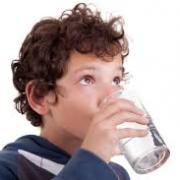
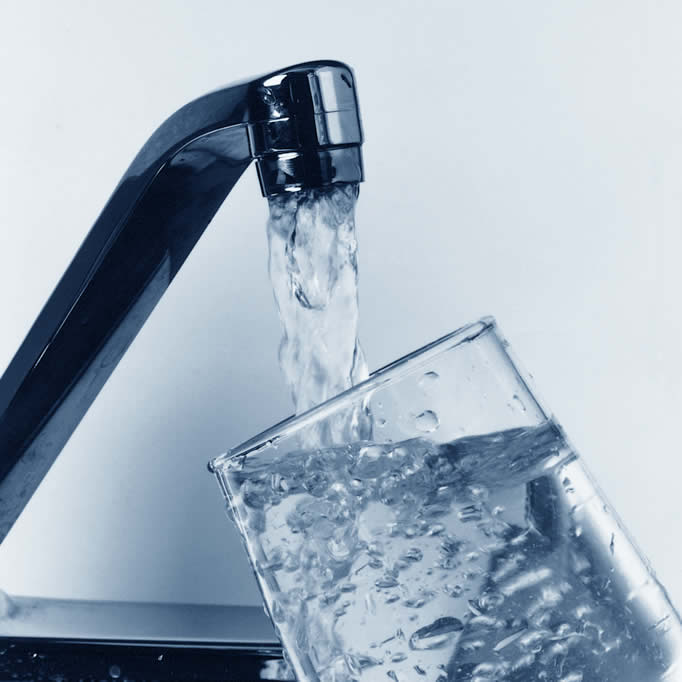
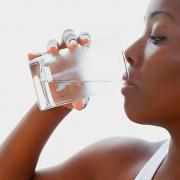
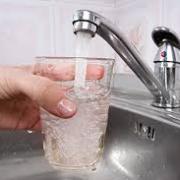
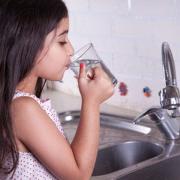
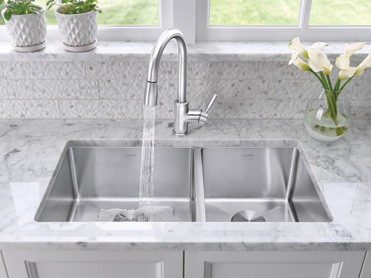
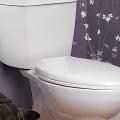
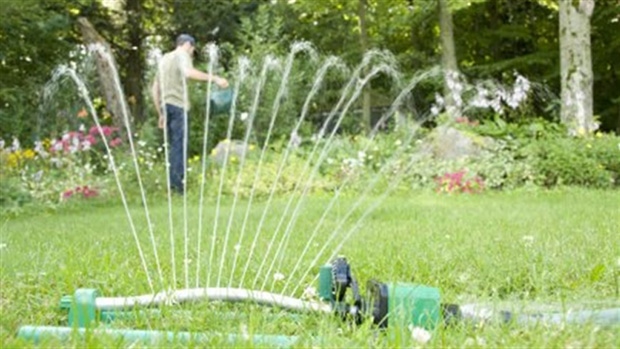
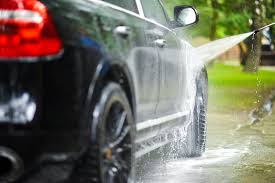
 1300 Commerce Drive Decatur, GA 30030
1300 Commerce Drive Decatur, GA 30030
